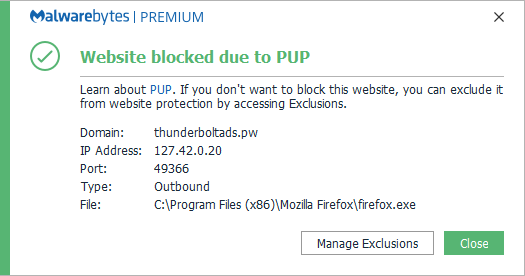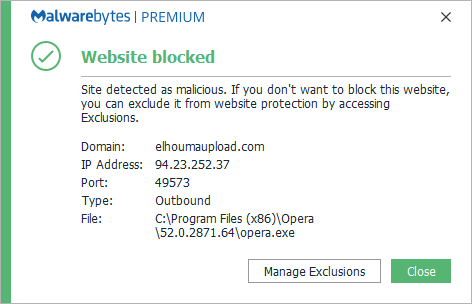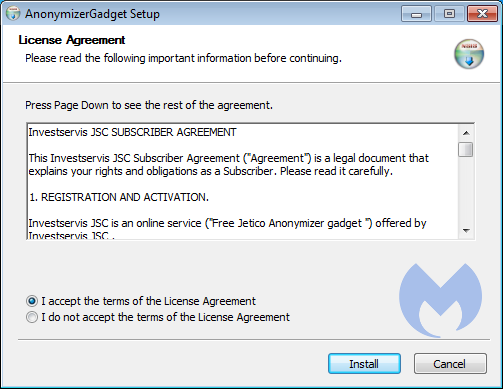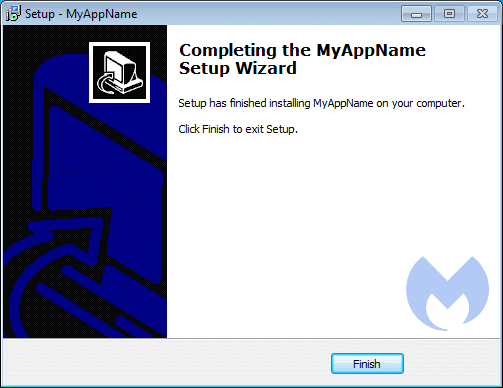PUP.Optional.FakeFlash
ThreatDown is now the name of the Malwarebytes line of business products. References to Malwarebytes below reflect the amazing technology used to first identify the threat.
Short bio
PUP.Optional.FakeFlash is Malwarebytes’ generic detection name for a large family of browser extensions that are installed by websites offering fake Flash updates.
Type of infection
Aftermath
Some of these extensions change your permissions for Push Notifications. Users will have to remove the permissions manually. You can find more information about this procedure in our blogpost called Browser push notifications: a feature asking to be abused.
Protection
Malwarebytes blocks the malicious website that are known to push PUP.Optional.FakeFlash:

Users of the Malwarebytes browser extensions are protected even before we add the malicious domains to our blocklist.

Home remediation
Malwarebytes can detect and remove PUP.Optional.FakeFlash without further user interaction.
- Please download Malwarebytes to your desktop.
- Double-click MBSetup.exe and follow the prompts to install the program.
- When your Malwarebytes for Windows installation completes, the program opens to the Welcome to Malwarebytes screen.
- Click on the Get started button.
- Click Scan to start a Threat Scan.
- Click Quarantine to remove the found threats.
- Reboot the system if prompted to complete the removal process.
Add an exclusion
Should users wish to keep this program and exclude it from being detected in future scans, they can add the program to the exclusions list. Here’s how to do it.
- Open Malwarebytes for Windows.
- Click the Detection History
- Click the Allow List
- To add an item to the Allow List, click Add.
- Select the exclusion type Allow a file or folder and use the Select a folder button to select the main folder for the software that you wish to keep.
- Repeat this for any secondary files or folder(s) that belong to the software.



